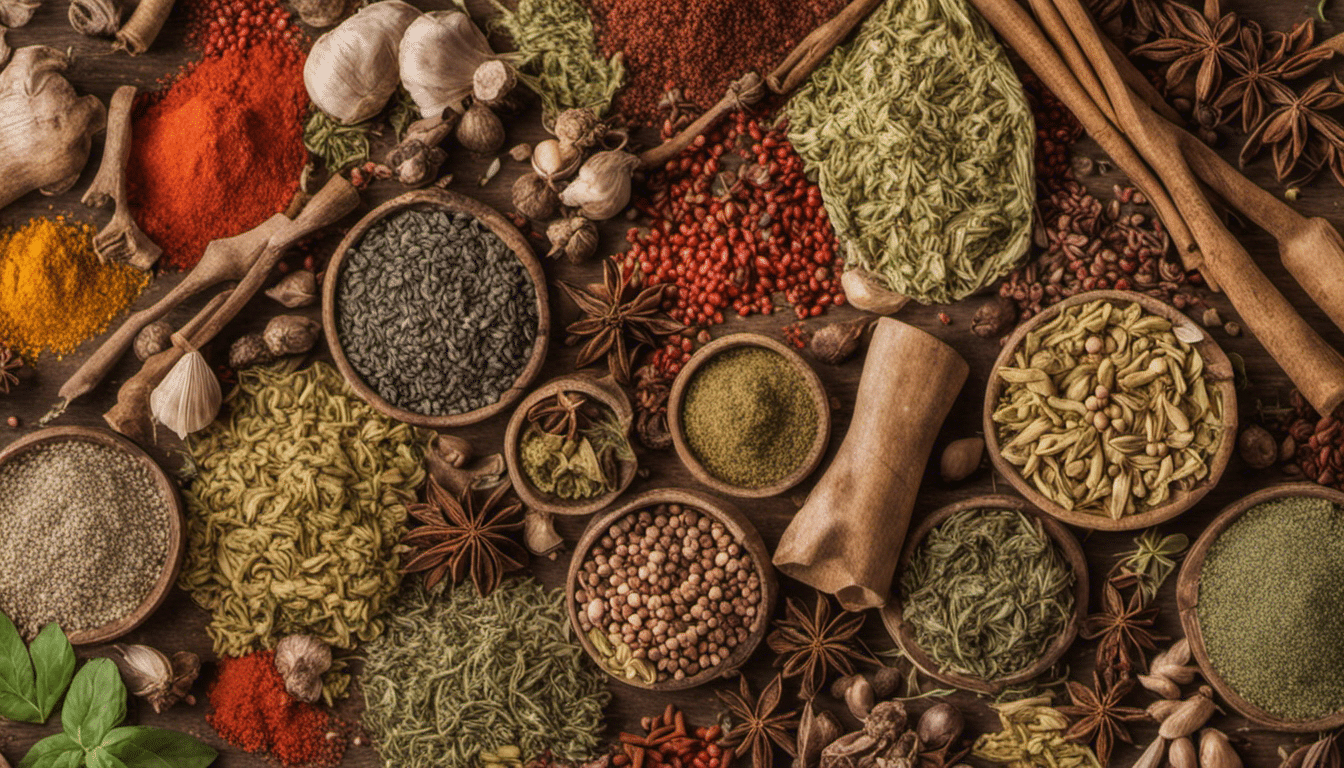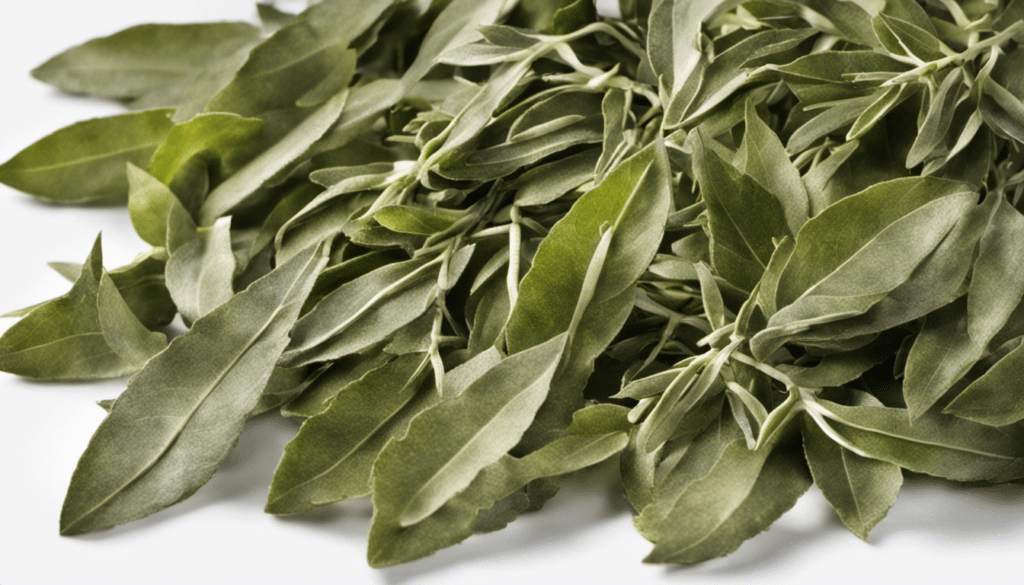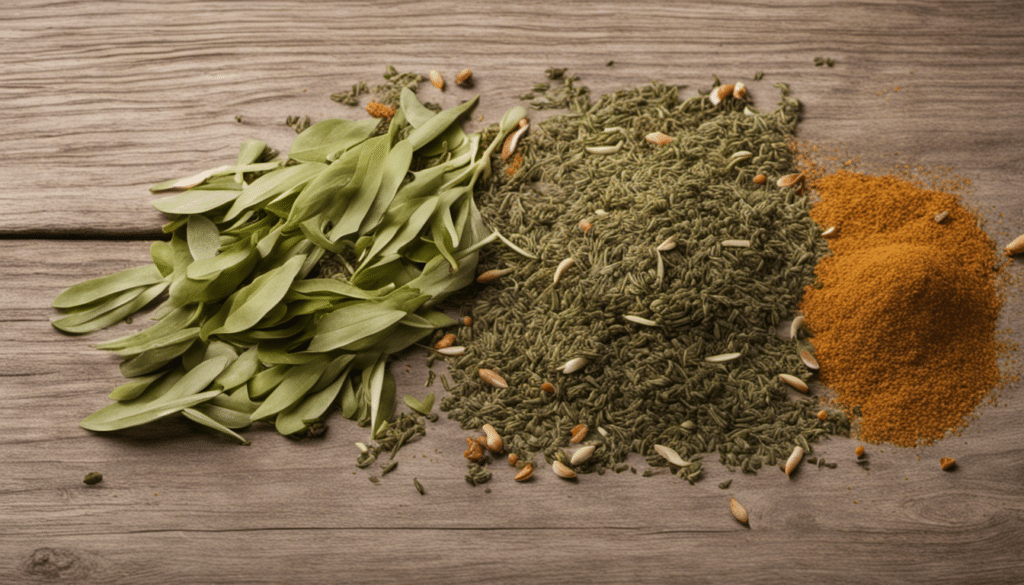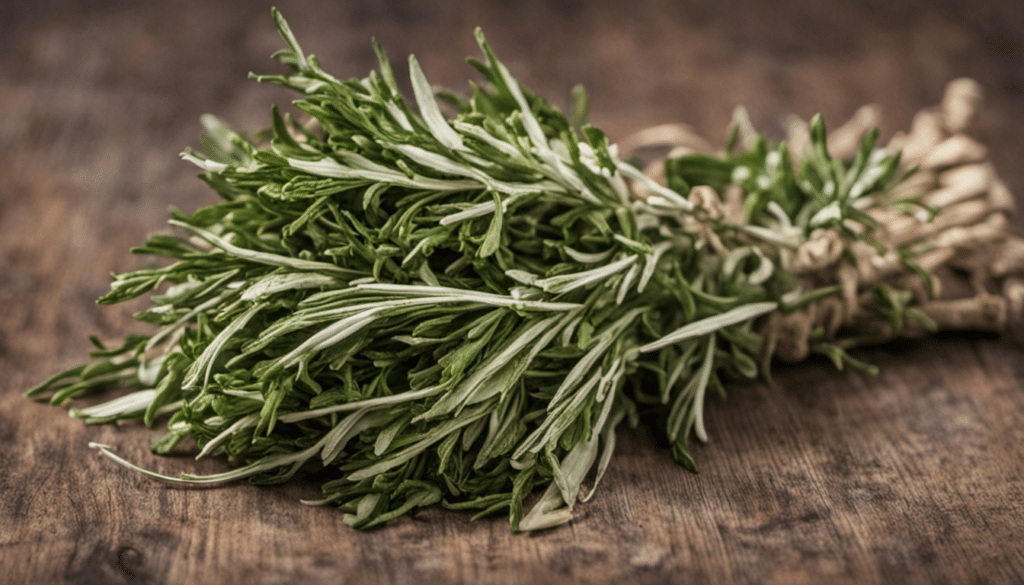Everything You Need to Know About Kkaennip

Distinctive flavor and nutrition can be found in abundance in the humble leaves of Kkaennip. This fascinating plant, also widely known as perilla or Korean sesame leaf, holds a storied position in culinary traditions and health practices across Asia. The Kkaennip plant’s history, health benefits, and ways to utilize it in your own gourmet creations make it an essential stop on the spice and herb discovery journey.
A Journey Through Time: Origins of Kkaennip
Originating from Asia, Kkaennip has carved its place in culinary traditions throughout the continent for centuries. It is an integral component of Korean gastronomy, where it’s used as a wrap for meats, a flavorful addition to stews, and even as a pickled side dish. As its names suggest – ‘sesame leaf’ in Korean and ‘beefsteak plant’ in Western regions, it bears a resemblance to both sesame and mint leaves with its generous size and serrated leaf edges.
However, don’t be misled by its names. Kkaennip belongs to the family Lamiaceae, which includes mint but not sesame. It thrives particularly well in sun-bathed terrains where it graces the gardens with its vibrantly green leaves.
Powerhouse of Nutrients: Health Benefits of Kkaennip
Much beyond its aromatic allure, Kkaennip is packed with essential nutrients and health benefits. Scientific studies have linked regular usage of Kkaennip with cardiovascular wellness, improved digestion, and even cancer prevention. Rich in vitamins A and C, it also offers an impressive load of dietary fiber, iron, and calcium. The plant’s rosmarinic acid content acts as a potent anti-inflammatory and antioxidant agent, promoting full-body health.
Kkaennip is often enjoyed in its fresh form to maximise nutrient intake. When cooked or pickled, it offers a unique depth and nuance of flavors, making it easy to incorporate in daily meals and promote overall dietary health.
Unearth the Gastronomic Potential: Cooking with Kkaennip
It’s evident that Kkaennip’s distinctive flavor profile, combined with its myriad health benefits, make it a culinary gem. The leaves, often found in a fresh, dried, or pickled form, provide an open canvas for culinary creativity.
Simple ways to start incorporating Kkaennip into your diet include using the leaves as a wrap for grilled meats or tofu, tossing them into a wok with your favorite stir-fry ingredients, or adding them to kimchi for an added aroma and taste dimension. The plant’s versatility extends to desserts too, with Kkaennip infused tea or syrup serving as a refreshing palette cleanser.
As with the exploration of any new spice or herb, the journey with Kkaennip is an exciting one filled with flavor discoveries and health benefits. Its echoes of tradition, together with its contemporary culinary uses, make it an irresistible addition for any epicurean adventure.
Kkaennip Recipe Ideas
- Kkaennip Kimchi (Perilla Leaf Kimchi)
- Kkaennip-jeon (Pan-fried Stuffed Perilla Leaves)
- Kkaennip Muchim (Seasoned Perilla Leaves)
- Kkaennip-bokkeum (Stir-fried Perilla Leaves)
- Kkaennip Jangajji (Perilla Leaf Pickles)
- Doenjang Jjigae with Kkaennip (Fermented Soybean Paste Stew with Perilla Leaves)
- Kkaennip Gochujang (Perilla Leaves with Red Pepper Paste)
- Roasted Pork Belly with Kkaennip
- Bulgogi with Kkaennip (Korean BBQ Beef with Perilla Leaves)
- Perilla Leaf Pesto



